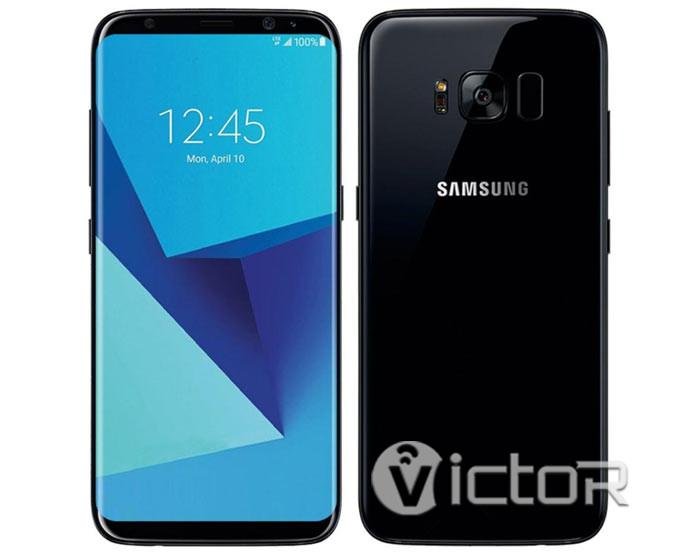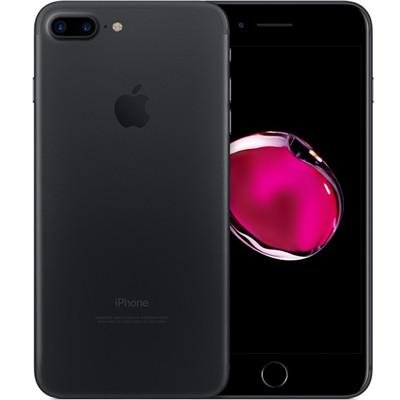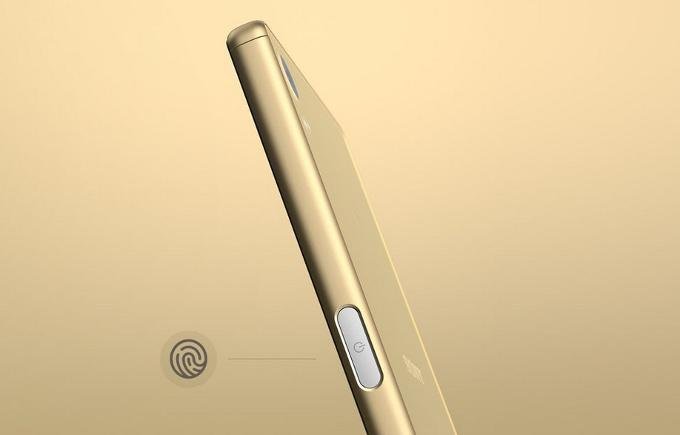As edge-to-edge screen has been a really hot topic since the release of Samsung S8, the new iPhone is highly expected to have a better solution to place fingerprint recognition onto its most expected full screen. However, the expected edge-to-edge screen new iPhone would meet some barriers.

Edge-to-edge screen actually aimed at wiping out all other parts or functions on the frontal screen like camera, headset and fingerprint recognition, and some manufacturers have made their steps to cancelling frontal cameras and applying direct wave receivers, but what matters the most is the frontal fingerprint recognition.
Besides unlocking screen, fingerprint recognition has many other functions, so that it is required fast and accurate recognition, and thus frontal fingerprint recognition is a must.

To place fingerprint recognition on the edge-to-edge screen, there are some problems for Apple.
There are mainly optical, capacitive and ultrasonic fingerprint recognition technologies, but in order to be useful on edge-to-edge screen smartphones, these 3 recognition modes need fix the problem brought by fully covered screens.
Optical fingerprint recognition is often applied to fingerprint attendance machine and detector at security check, but it requires always-on lighting and it recognizes slow in at the beginning, so that this kind of solution is failed.
Capacitive fingerprint recognition, which is now being used as main solution, and there are so many options like Authentec of Apple, FPC of Sony and the black horse Goodix. Though this kind of recognition is fast and space friendly, it can’t perform perfectly even under AMOLED screens.
Ultrasonic fingerprint recognition, which has better penetrability than capacitive one and doesn’t require an always-on lighting, was spoken highly of being applied to edge-to-edge screen, but actually, Xiaomi Mi5s had proved it to be not useful.
Since frontal fingerprint recognition still has a long way to go limited by tech, some other solutions were raised to serve edge-to-edge screens.
Many people think that fingerprint recognition on the side which was applied by Sony is a perfect solution, but there’s a problem which is deadly to other manufacturers since Sony’s devices are too thick, that is to mean, other manufacturers need to make their smartphones thick in order to install side fingerprint recognition, however, this is totally disagreeable with curved screens.

Seeing from another sight of view, what we need is a safe and fast recognition, then iris recognition and face recognition are great solutions, but unluckily, they can’t replace fingerprint recognition anyway.
Iris recognition uses infrared to scan users’ eyeballs which could be useful even in dark environment, but it required people to pose accurately for a successful recognition, and this is totally difficult. Face recognition which is based only on the front camera, requires much on light, so that it’s not useful in dark situations.
Then it is combining iris and face recognition that would have a better performance, and of course, it would be still weaker than fingerprint recognition.
Above all, smartphone manufacturers still have a long way to go in finding a great solution to frontal fingerprint recognition on their edge-to-edge screen devices.
Copyright © 2025 www.mocel-case.com All Rights Reserved.